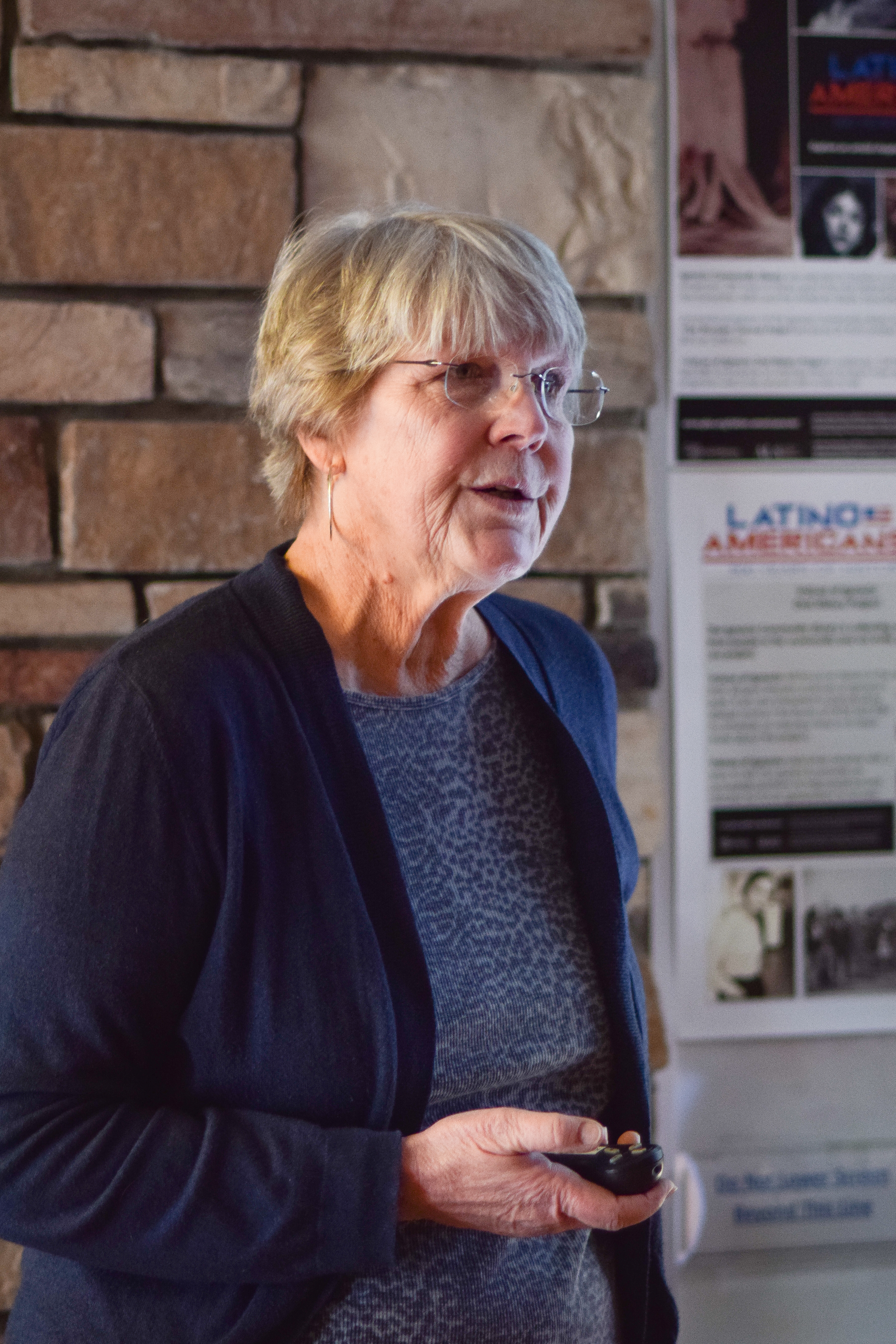Last week the Ignacio Community Library continued to focus on its program titled “Latino Americans: 500 Years of History” – a historical series spotlighting on the chronicles of the early Hispano locals who settled around the community many years ago. Hosting the discussion was Dr. Ruth Lambert who serves as Director of the San Juan Mountains Association Cultural Program. The series is the fourth program funded by the National Endowment for the Humanities (NEH) and American Library Association (ALA). Lambert spoke at the library on Saturday, Feb. 20 and focused the history lesson around the Hispano’s migration throughout Southwest Colorado, which they documented by etching arborglyphs into aspen trees.
Hispano and Basque sheepherders carved the arborglyphs more than a century ago, with some dating to more recent decades. The sheepherders who carved most of the arborglyphs hailed from settlements and towns along the San Juan River, according to Lambert.
“Most carvings go back several decades to a half century, when sheep herding was still the lifeblood for some in the region. That way of life, for the most part, has disappeared with the advent of roads and truck transportation for livestock.”
It was common for most of these etchings to feature animals and phrases, notably the carver’s own name, time of date, and where they are from.
After the establishment of the Tierra Amarilla Land Grant in 1832, populations extended throughout the San Juan Basin, San Luis Valley, and Pagosa Springs area. However, conflicts between the local Native American tribes were not uncommon.
“History was a violent time,” Ruth stated. “The settlers, along with the Navajo, Comanche, and Apaches, were at extreme tensions.”
During the 1800’s, there was heavy demand in the sheep industry for use of food and household goods. During the Civil War, the demand for wool increased in order to provide thicker uniforms for soldiers. As a result, fewer sheep were butchered, and the size of flocks increased to accommodate the requests for fleece. This resulted in seasonal migration to become a standard practice for the herders in the surrounding area.
The closest arborglyphs can be found in Moonlick Park along the trails of the San Juan National Forest.

